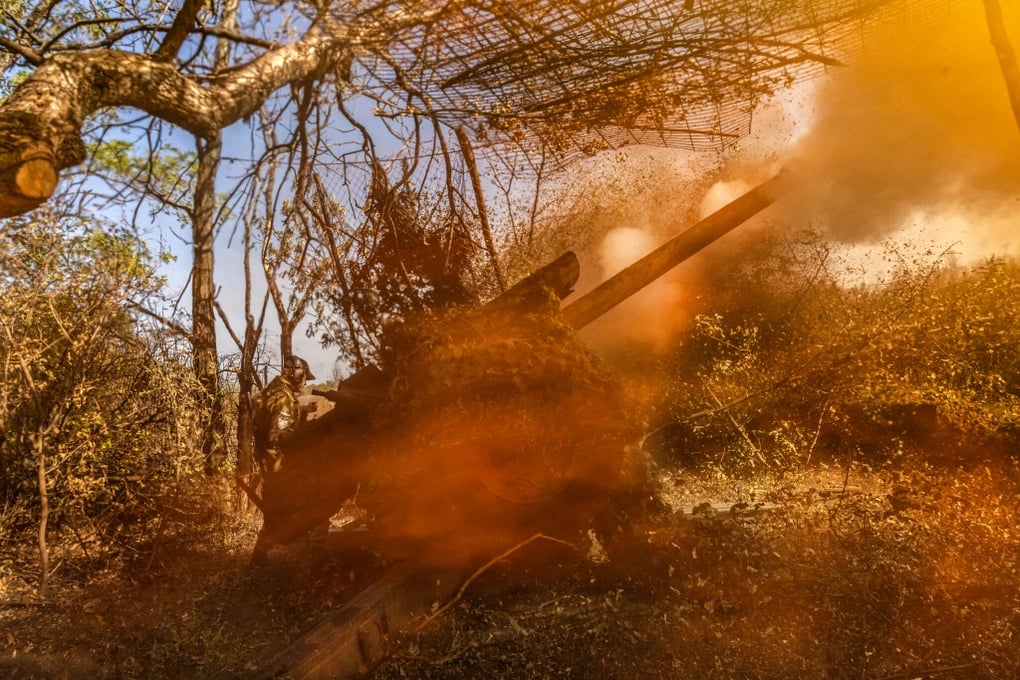
Ukrainian soldiers of the 10th Mountain Assault Brigade fire a 122mm artillery gun at Russian positions on the outskirts of Bakhmut on October 4 (Photo: New York Times).
Here are four major flashpoints currently brewing between Russian and Ukrainian forces, as both sides gear up for a difficult winter campaign ahead.
Battle for Dnipro
Since Russia withdrew from Kherson in November 2022, the Dnipro River, which runs through the province and empties into the Black Sea, has served as a frontline, with Russian and Ukrainian troops regularly firing artillery at each other from opposite sides of the river.
In June, as Ukraine prepared for a large-scale counteroffensive, the Kakhovka Dam at the front line burst, flooding many areas downstream.
Kiev accused Russia of blowing up the dam to impede the advance of Ukrainian forces through the flooded land. Neither side built up troops in the months that followed. Russia denied the accusations.
Taking advantage of the dense vegetation downstream of the Dnipro, along with its labyrinthine canal system and swampy terrain, Ukrainian special forces have been raiding and patrolling the then Russian-held left bank of the Dnipro since May.
In the second half of October, Ukrainian regular forces, mainly marine infantry, crossed the river at two locations and began building two to four strongholds on the opposite bank.
Russian forces are having difficulty "uprooting" the above bases because Ukraine's defense line is located in dense swampy areas, making it difficult for Russian armored vehicles and artillery to approach and attack in large numbers.
In recent weeks, Russia has launched a campaign to knock out Ukraine's strongholds, led by its air force. Meanwhile, Ukraine has been gradually consolidating its positions.
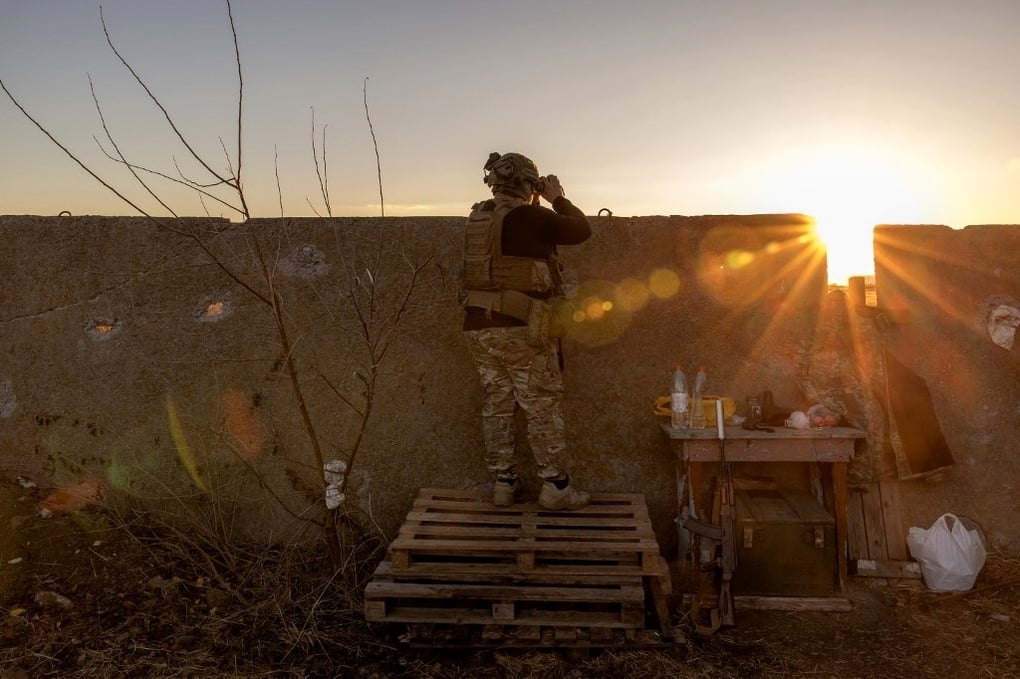
A Ukrainian serviceman from the 123rd Territorial Defense Brigade observes the Dnipro River area, in Kherson province, on November 6 (Photo: AFP).
By mid-November, Ukrainian light armored vehicles crossed the river to reinforce the marines.
The question now is whether these bases could become springboards for more ambitious Ukrainian attacks.
The key factor is which side can reinforce more effectively: Russia, which is using a network of narrow and ambush-prone roads, or Ukraine, which must use boats and small amphibious vehicles to transport troops and ammunition, as well as evacuate casualties.
If Ukraine's defenses are strong enough to make its army risk building a pontoon bridge across the Dnipro, Kherson province could become the focus of fierce, potentially decisive battles.
The reason is that a breakthrough by Ukrainian armor from the banks of the Dnipro River would be a strategic defeat for Russia, as its forces would be split in two. The Crimean Peninsula, currently controlled by Russia, and other major military installations would also be essentially cut off from Moscow.
Hopes dashed at Robotyne
After nearly three months of fierce fighting, Ukrainian forces said in August they had breached Russia's deep defense line in the south, stretching hundreds of kilometers.
The capture of Robotyne, a village in the Zaporizhia region, was supposed to open the way for Ukrainian troops to advance toward the city of Melitopol and then the Sea of Azov, cutting Russian forces in two. But more than two months later, Ukrainian forces have still not been able to cross Robotyne.
Further east, the Russian line held out this summer against concentrated Ukrainian attacks around the village of Urozhaine, inflicting heavy losses on Kiev’s forces, with Ukraine advancing only a few kilometers.
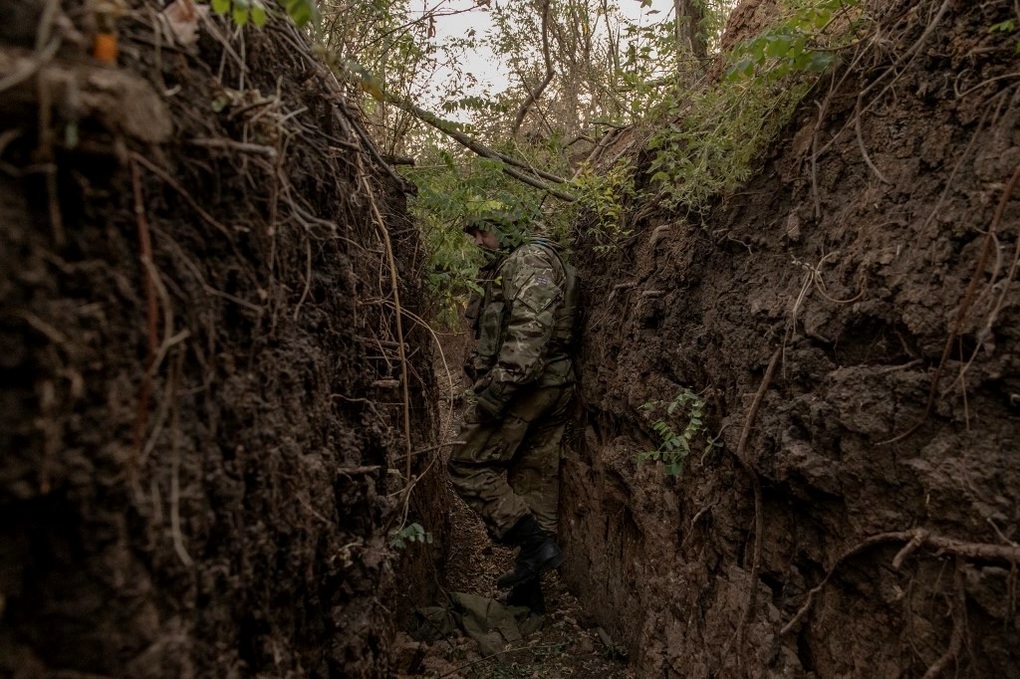
A Ukrainian soldier of the 65th Mechanized Brigade walks in a trench built by Russian forces, near the frontline village of Robotyne, in the Zaporizhia region, on October 1 (Photo: AFP).
In early November, Ukrainian military commander Valery Zaluzhny said that the campaign to break through Russian defenses with massive armored attacks in the area was ineffective.
Both sides still have large forces in the area. Fighting is now largely localised, often over a string of trenches in a forest edge or part of a village.
But if either side were to lose strength (due to casualties or withdrawal) and their defenses were to collapse, and if the fighting shifted from trench warfare to mobile warfare, large areas of territory could change hands quickly, because of the open terrain and few natural obstacles.
Tug of war at Bakhmut
In May, Russia declared control of the town of Bakhmut in eastern Ukraine, but Kiev's forces almost immediately began retaking territory around its flank, including nearby villages, according to AFP .
Russian forces are in a vulnerable position here as they are forced to hold the town while the Ukrainian army can bombard supply routes in and out of the city.
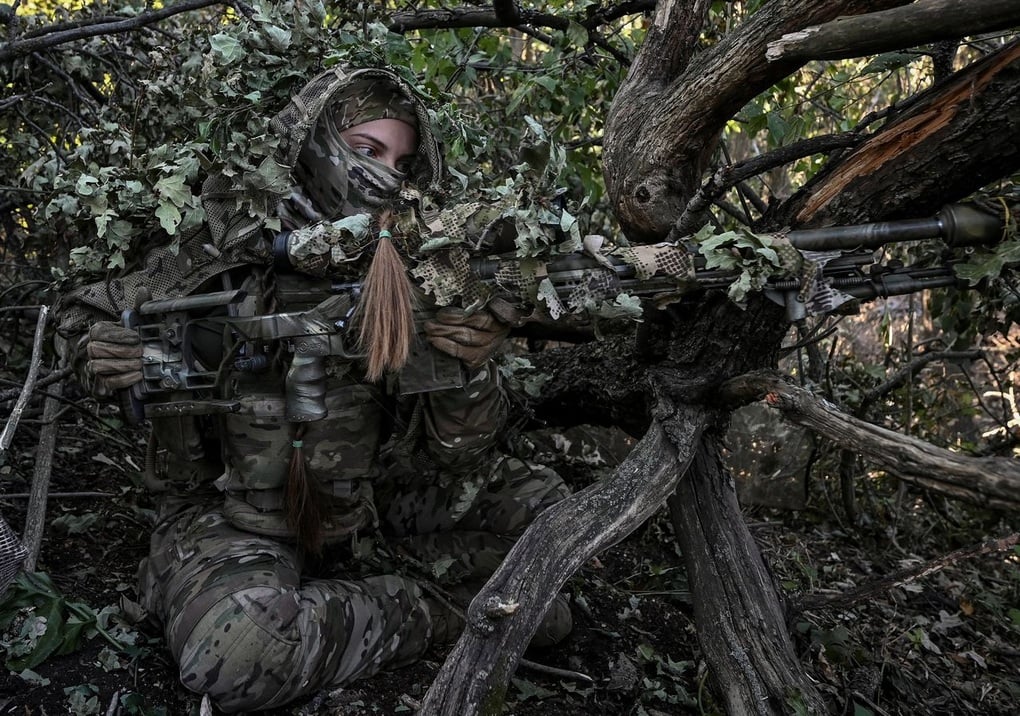
A Ukrainian sniper takes part in a reconnaissance mission near Bakhmut (Photo: Reuters).
Russia attacks Avdiivka
Russia began its offensive on the industrial centre of Avdiivka, south of Bakhmut in eastern Ukraine, in October. Avdiivka is located 13km north of the city of Donetsk, which is currently controlled by Moscow.
Gunfire began in Avdiivka on October 10. Over the next three to four weeks, Russia is believed to have suffered its biggest casualties of 2023 there.
Despite heavy fire and the loss of some positions, Ukrainian forces largely held out against the onslaught on the town, once home to some 35,000 people.
However, the Ukrainian situation in Adviivka is similar to the Russian situation in Bakhmut. While Kiev forces are holding out in Adviivka, Russia has captured the nearby high ground and can bombard the road in and out of the town.
Recapture of Kupyansk
The town of Kupyansk fell to Russia early in the full-scale offensive in February 2022. But by September of that year, Ukrainian forces had recaptured Kupyansk in a lightning offensive in the northeastern Kharkiv region.
In July this year, Russia launched a new operation to retake Kupyansk.
Ukrainian officials have ordered the evacuation of civilians from nearby settlements amid shelling by Moscow's military. But after more than three months of attacks, Russia has yet to breach Ukraine's defenses.
There are some signs that Ukraine is using the Kupyansk front as a training ground for new recruits or a resuscitation ground for veteran soldiers, as fighting there has generally been less intense than in Donbas and other southern regions.
Source



![[Photo] Cutting hills to make way for people to travel on route 14E that suffered landslides](https://vphoto.vietnam.vn/thumb/1200x675/vietnam/resource/IMAGE/2025/11/08/1762599969318_ndo_br_thiet-ke-chua-co-ten-2025-11-08t154639923-png.webp)

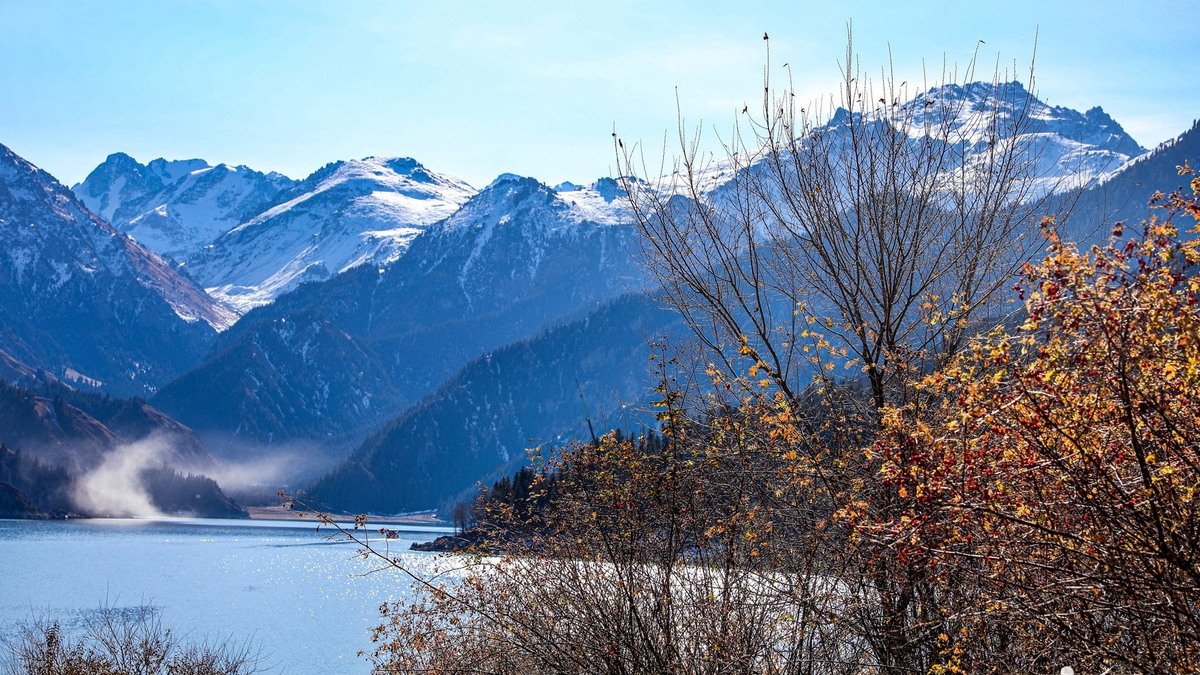


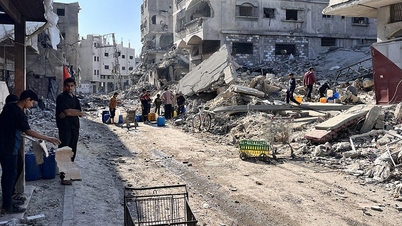



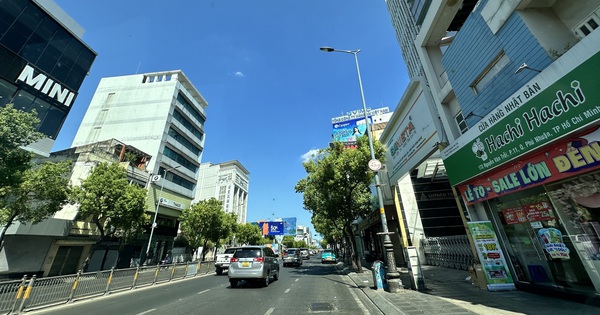











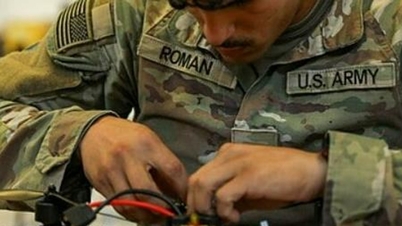



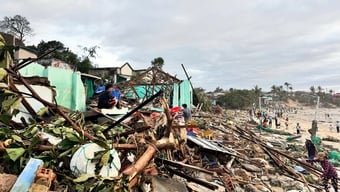


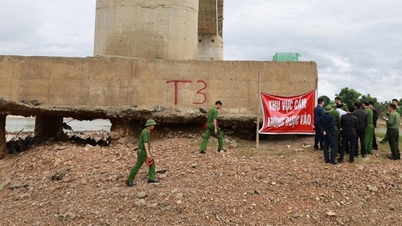









![[Video] Hue Monuments reopen to welcome visitors](https://vphoto.vietnam.vn/thumb/402x226/vietnam/resource/IMAGE/2025/11/05/1762301089171_dung01-05-43-09still013-jpg.webp)






























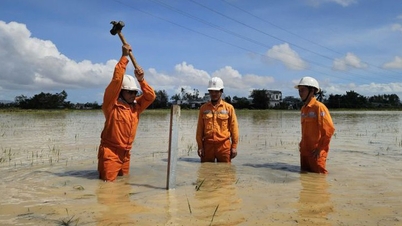


















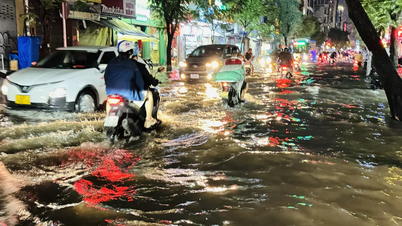
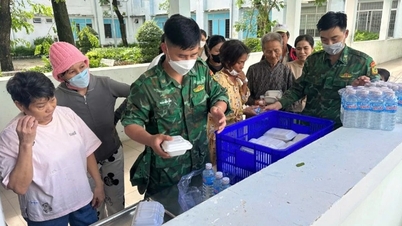

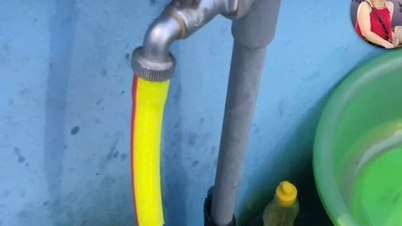











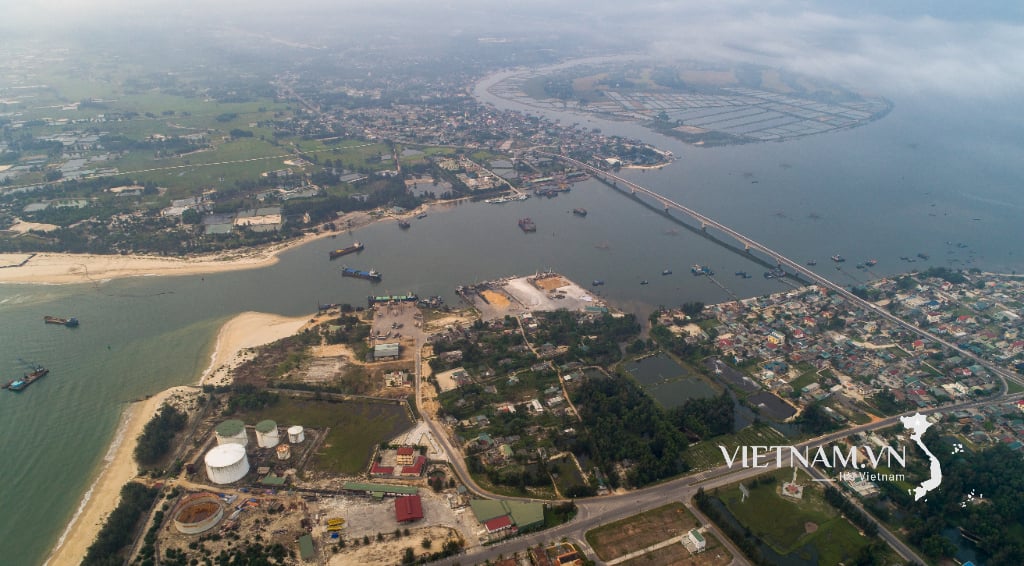


Comment (0)